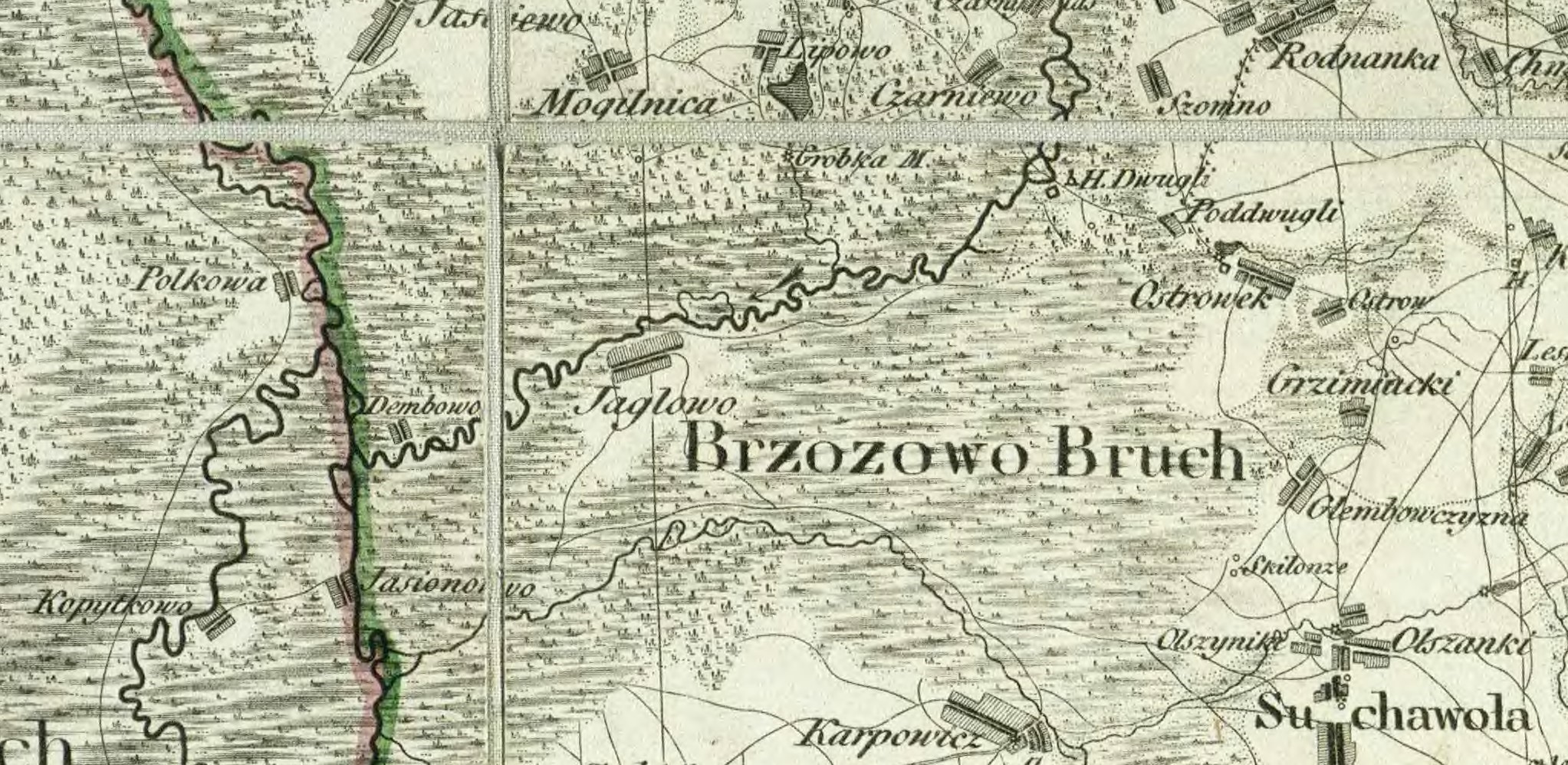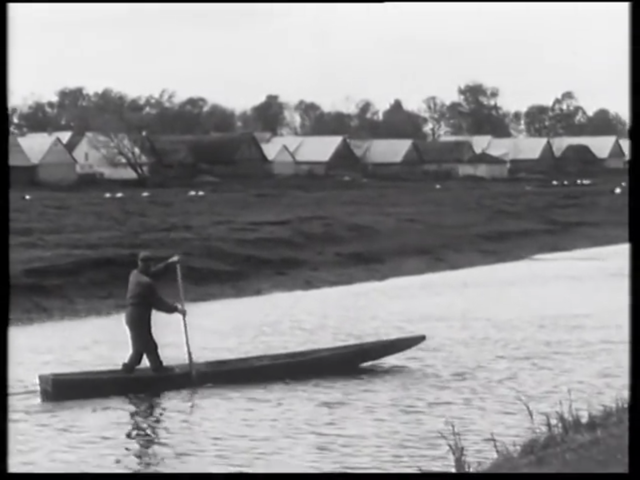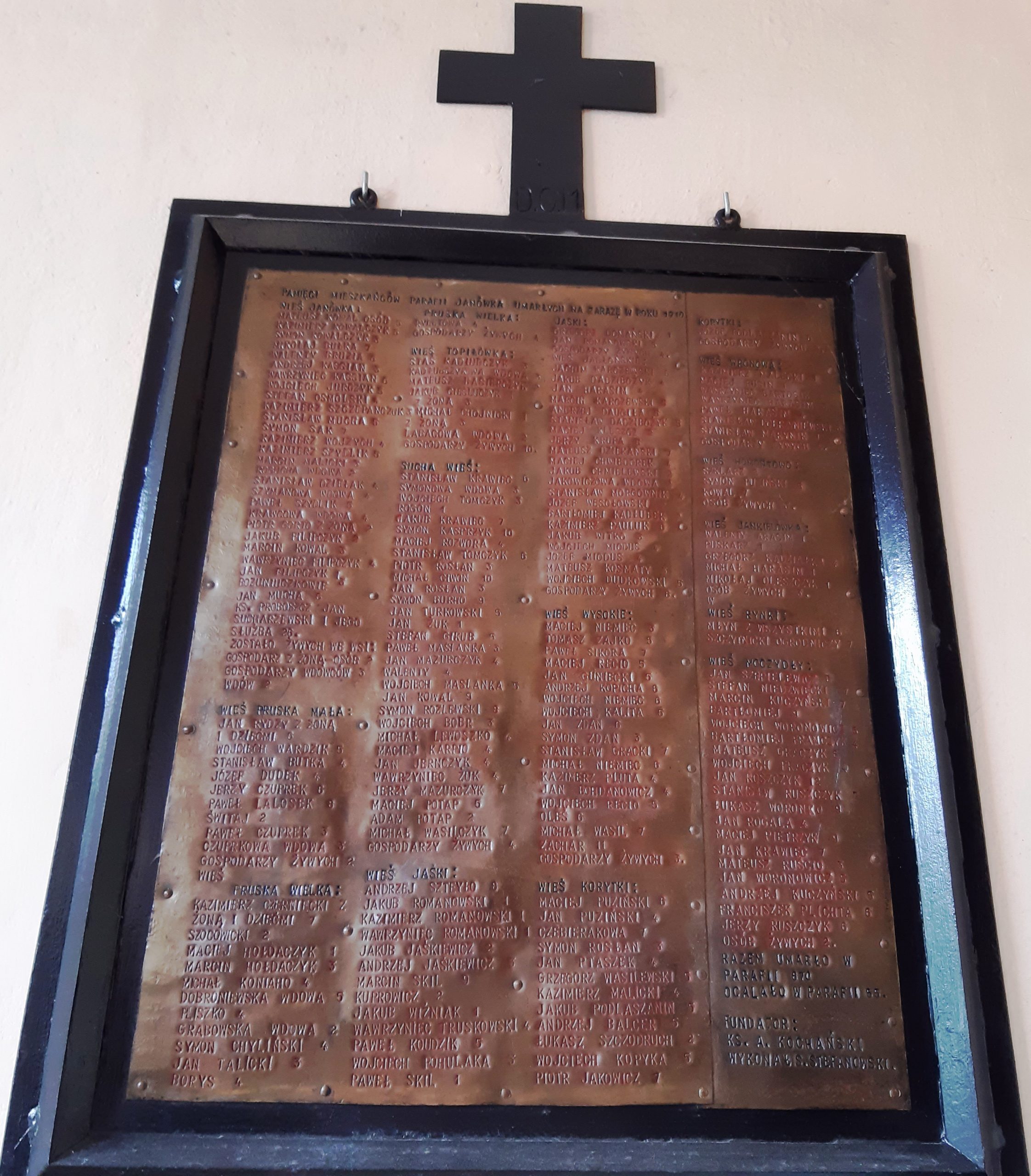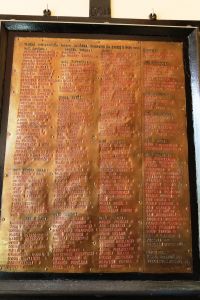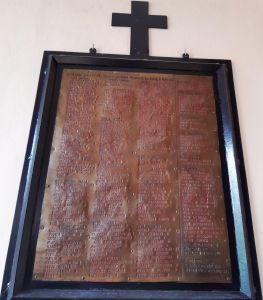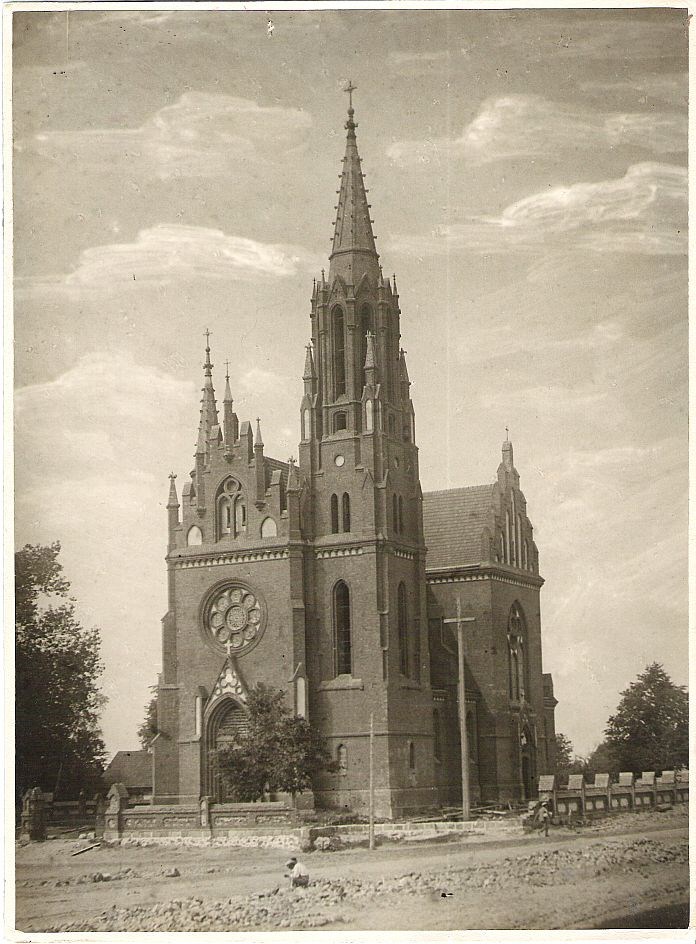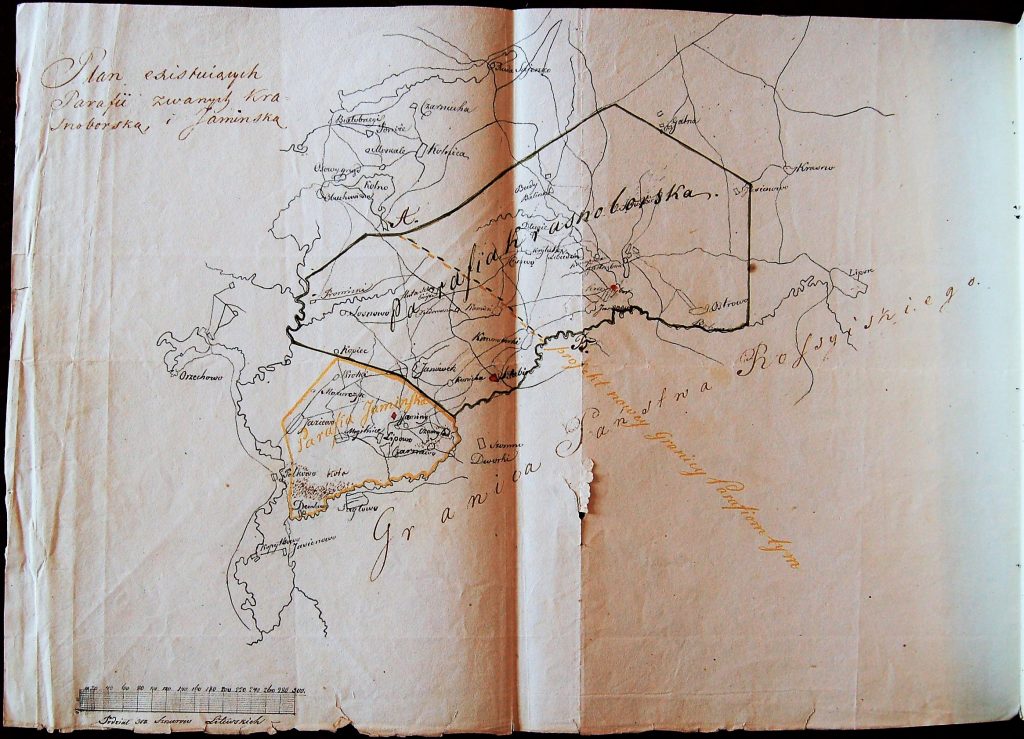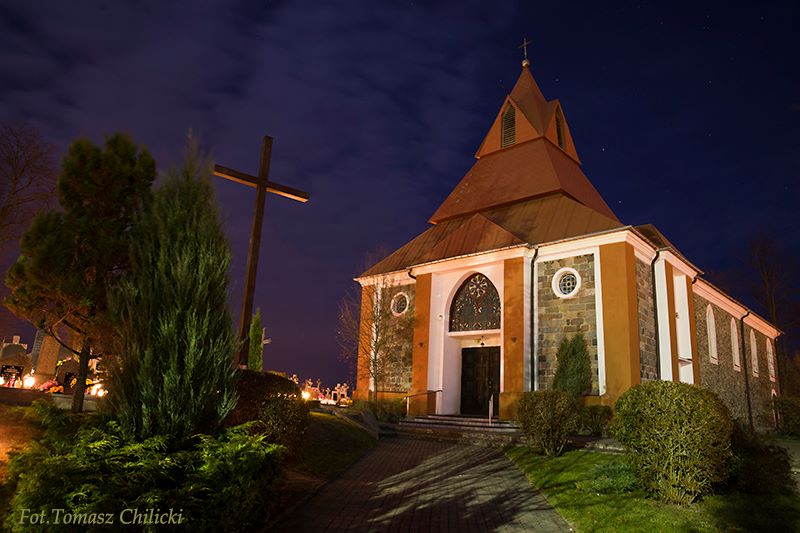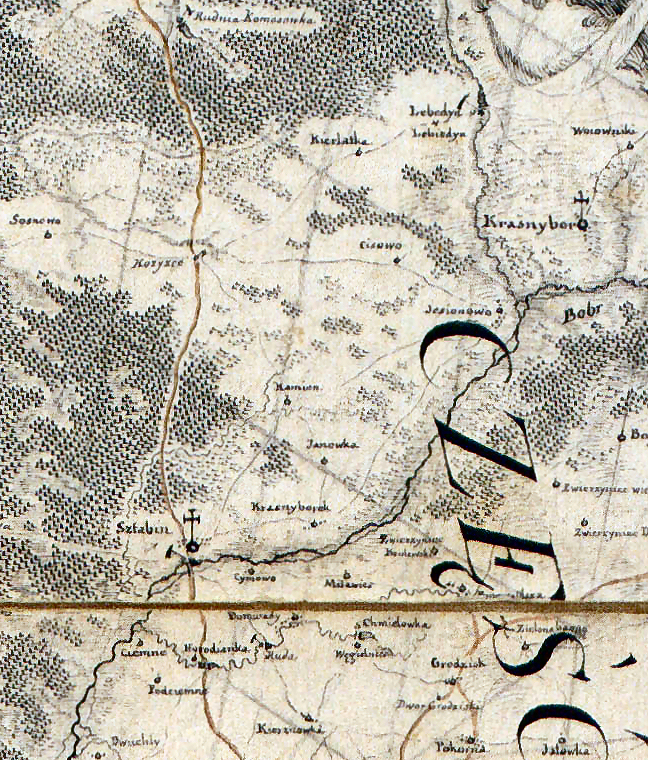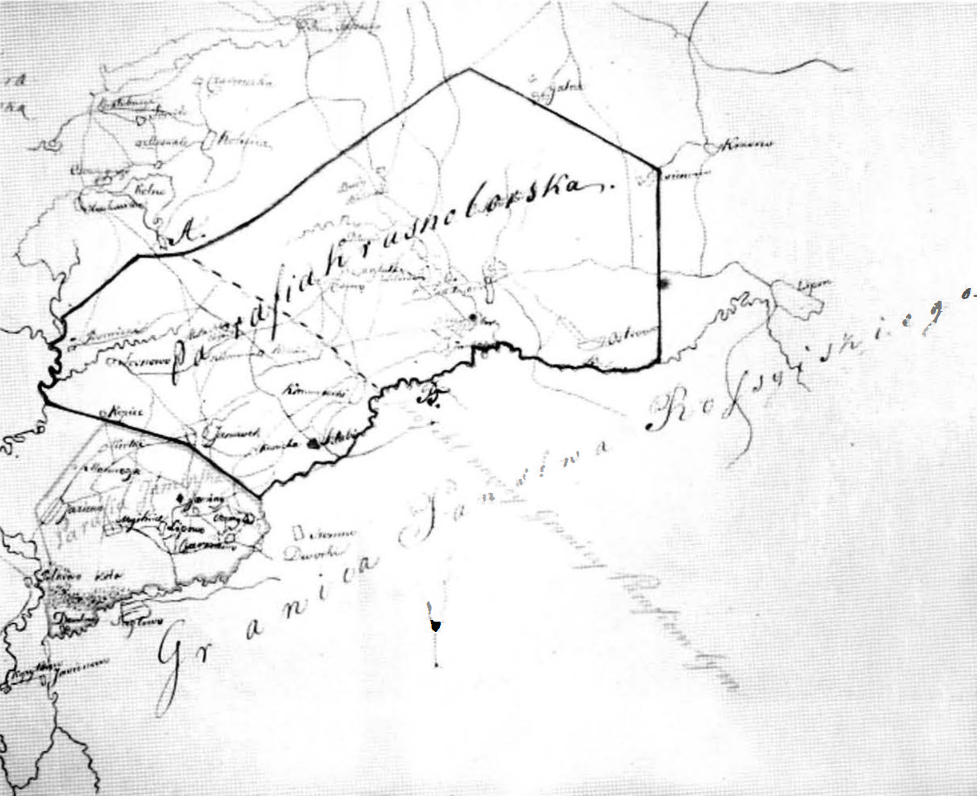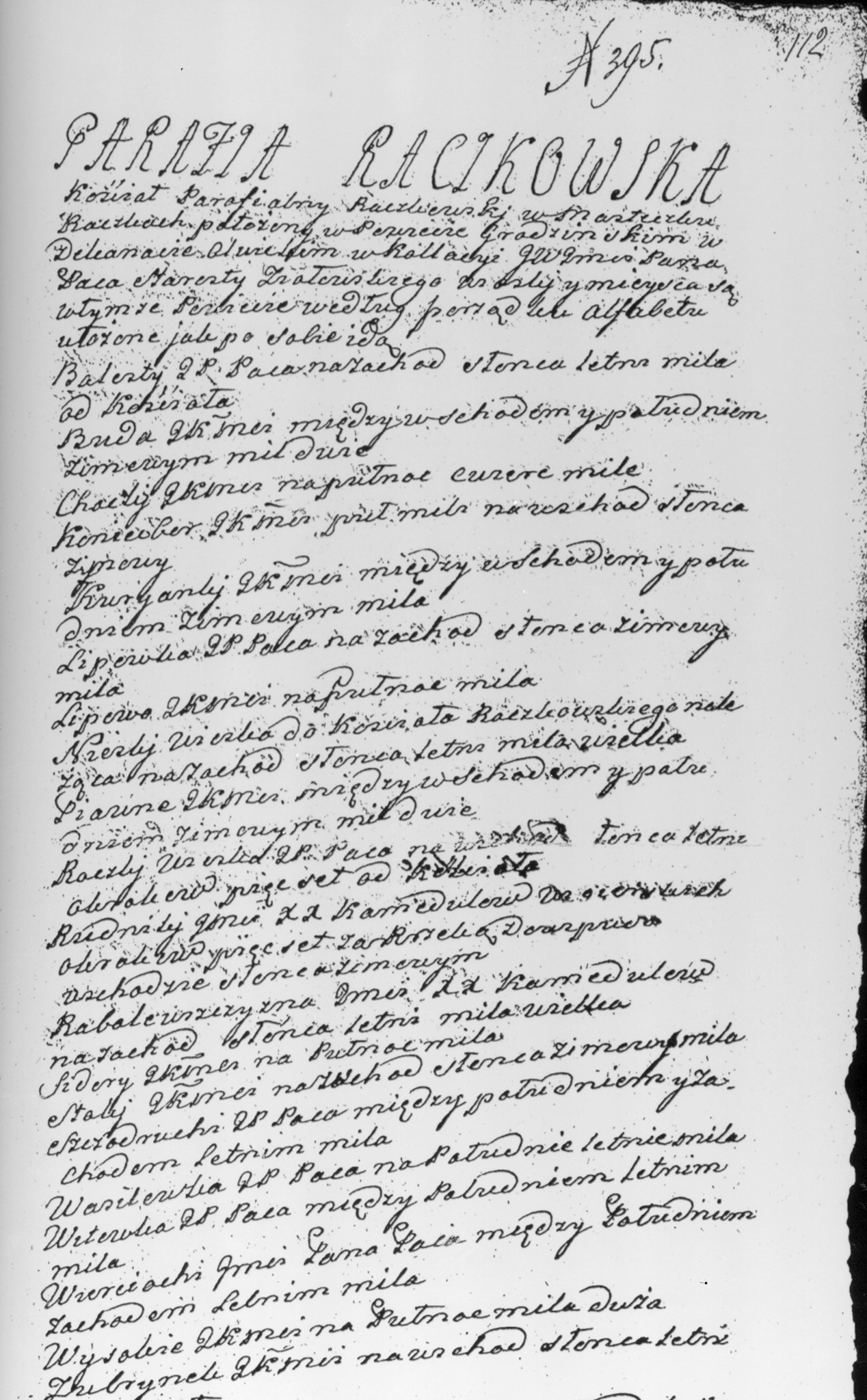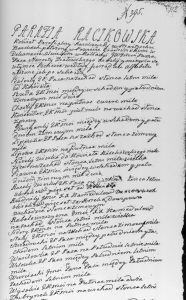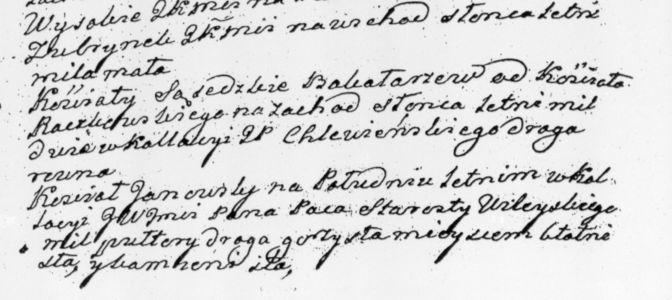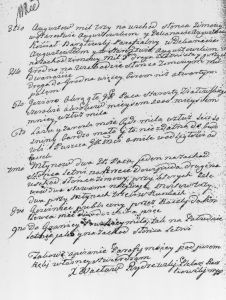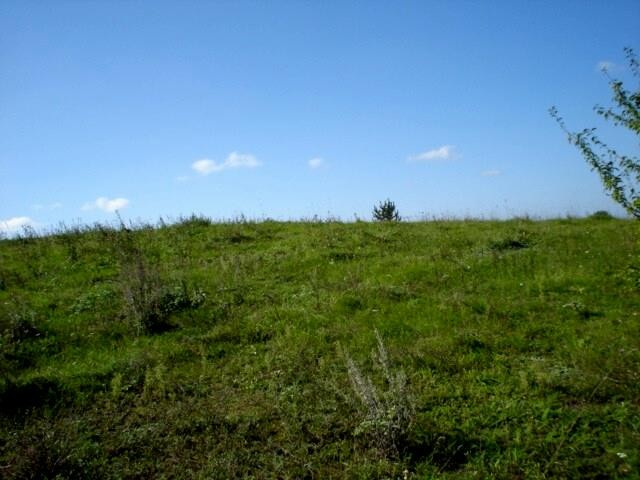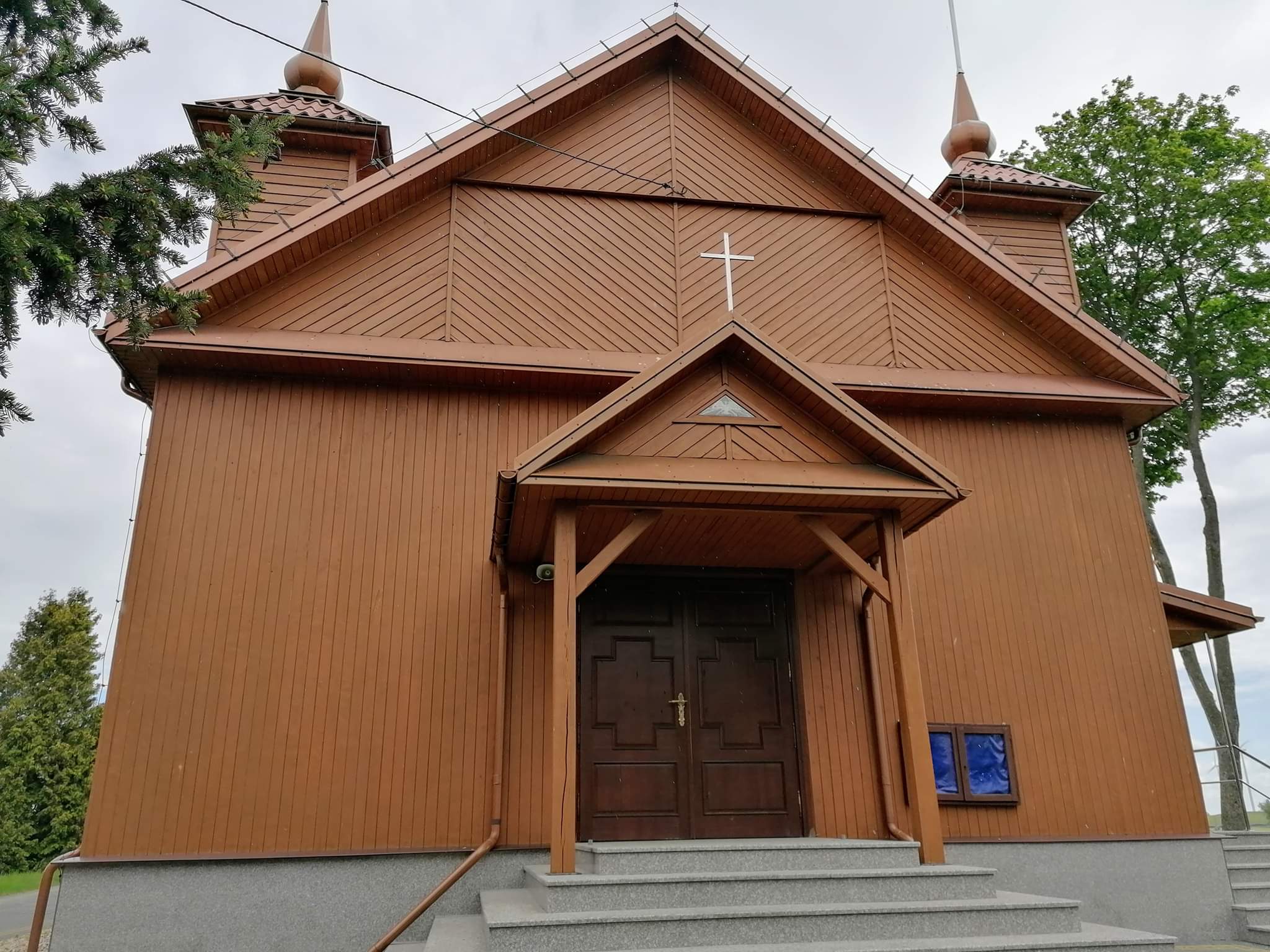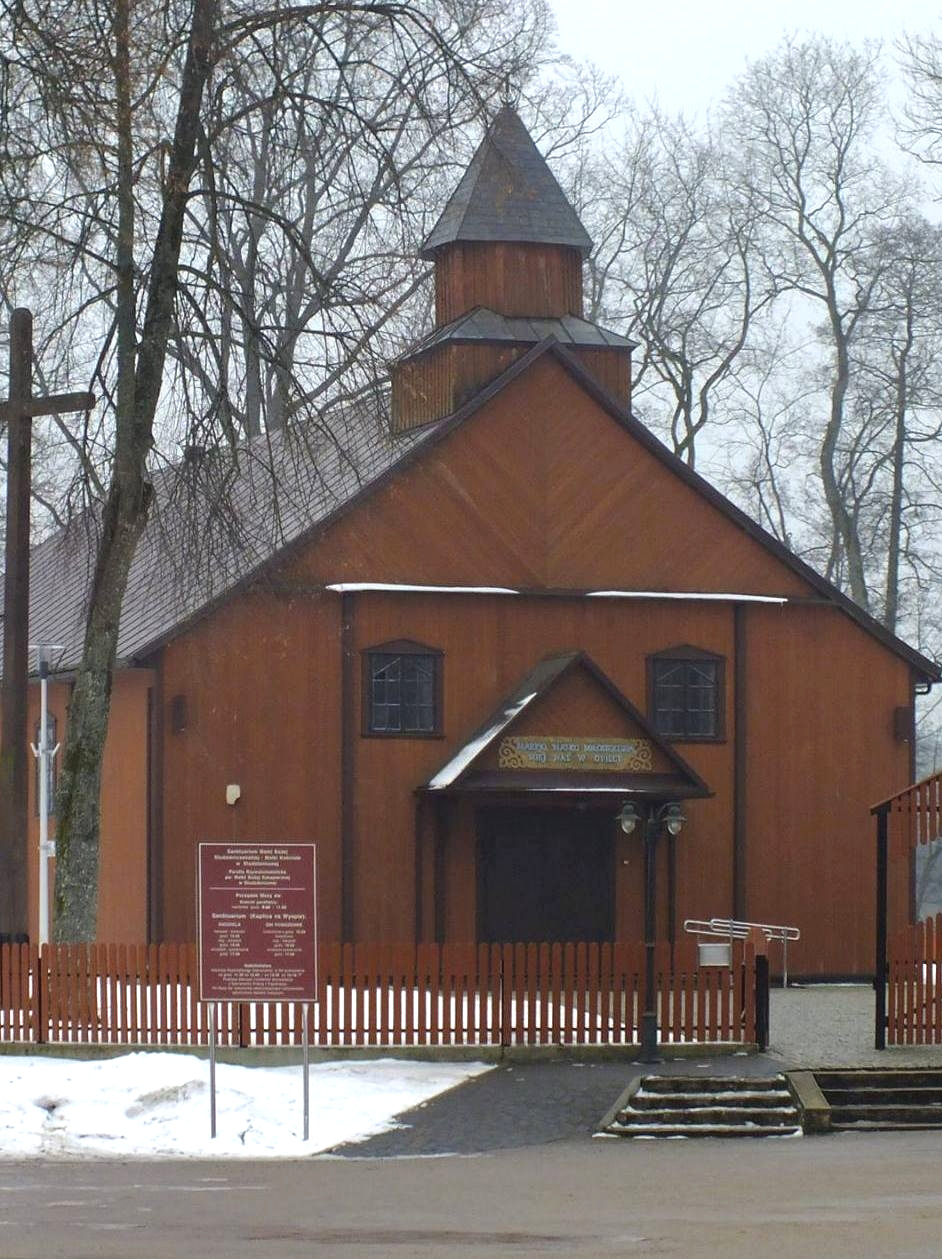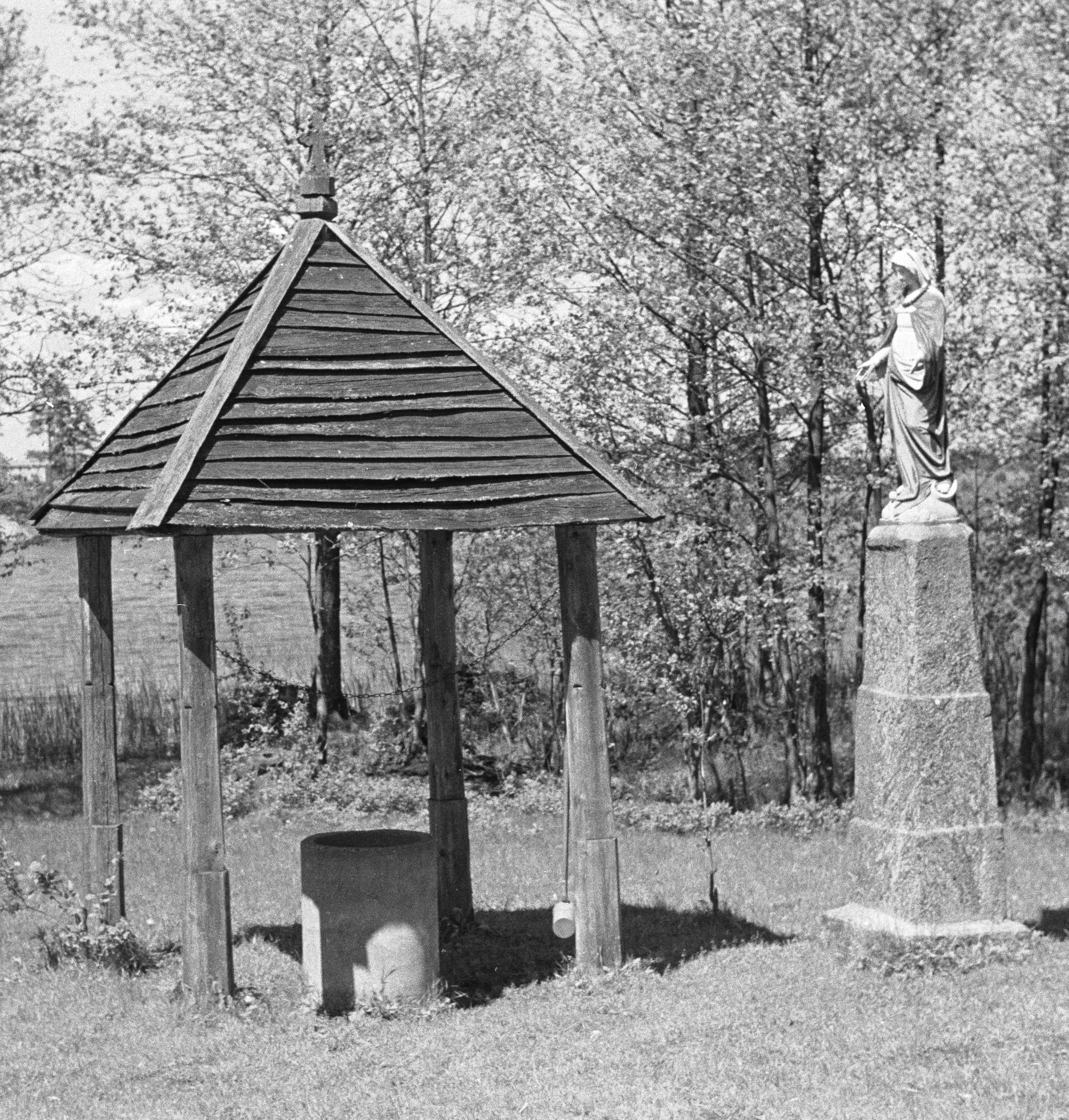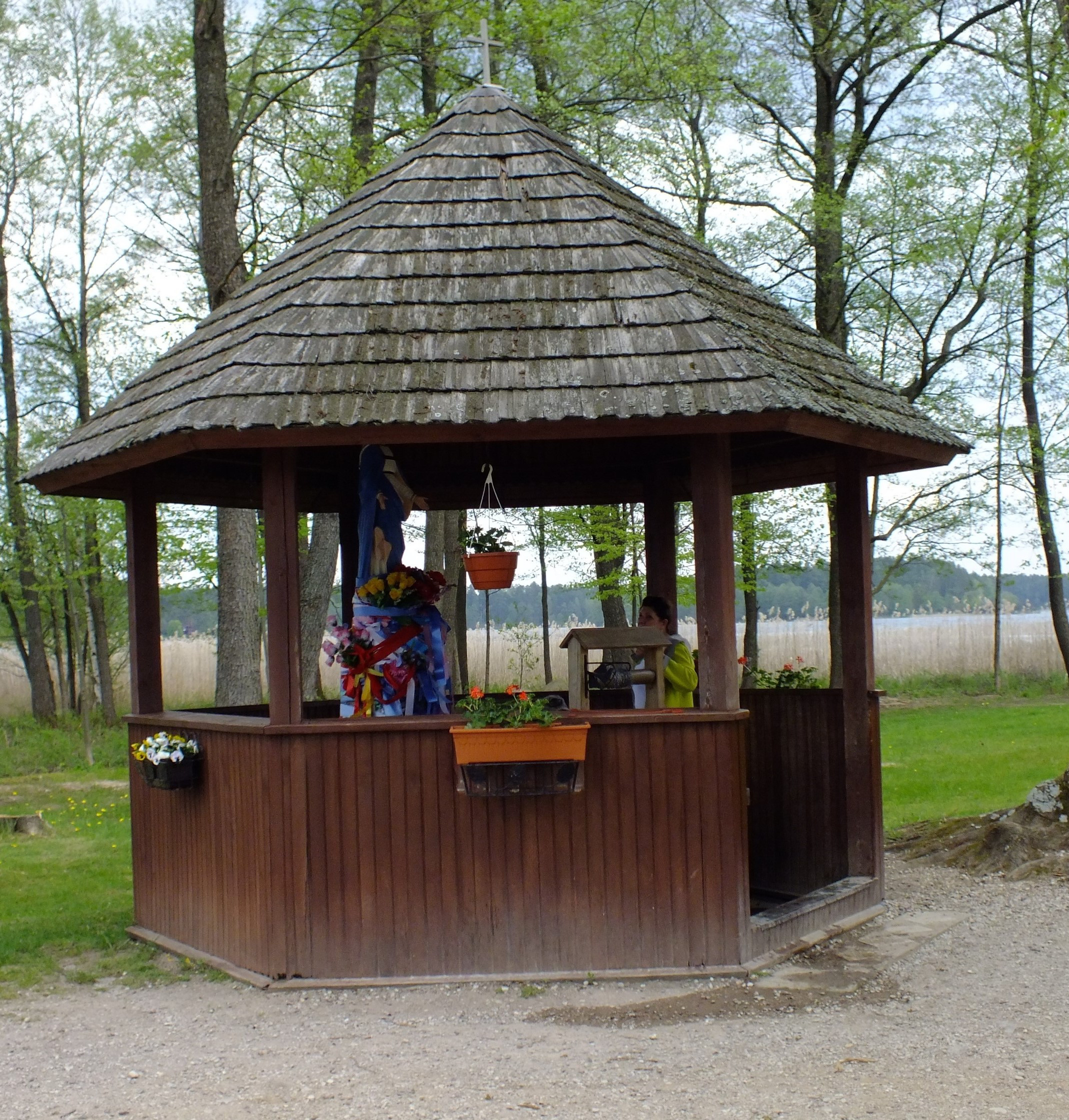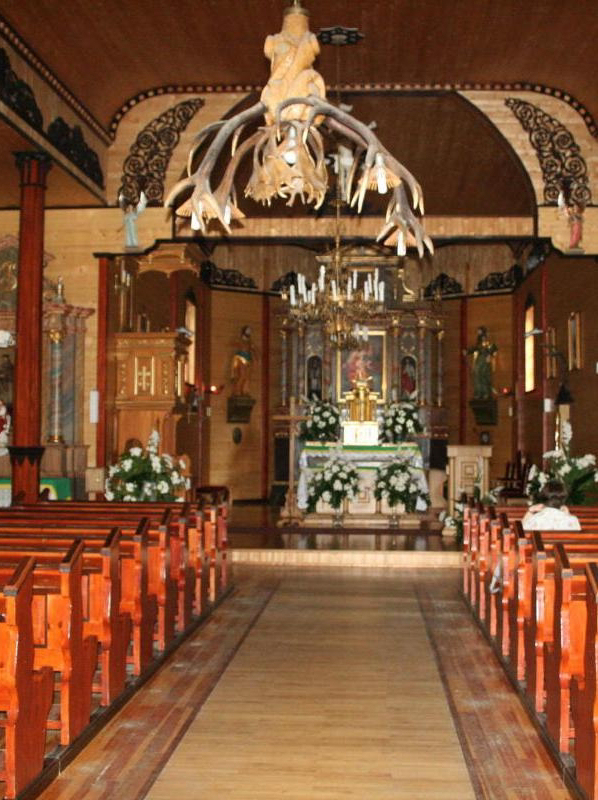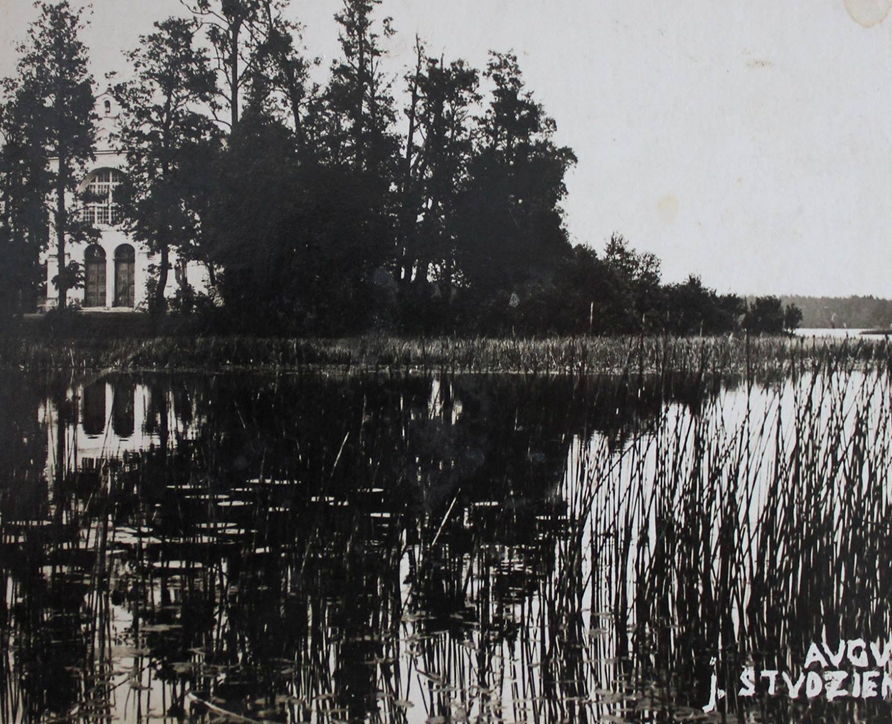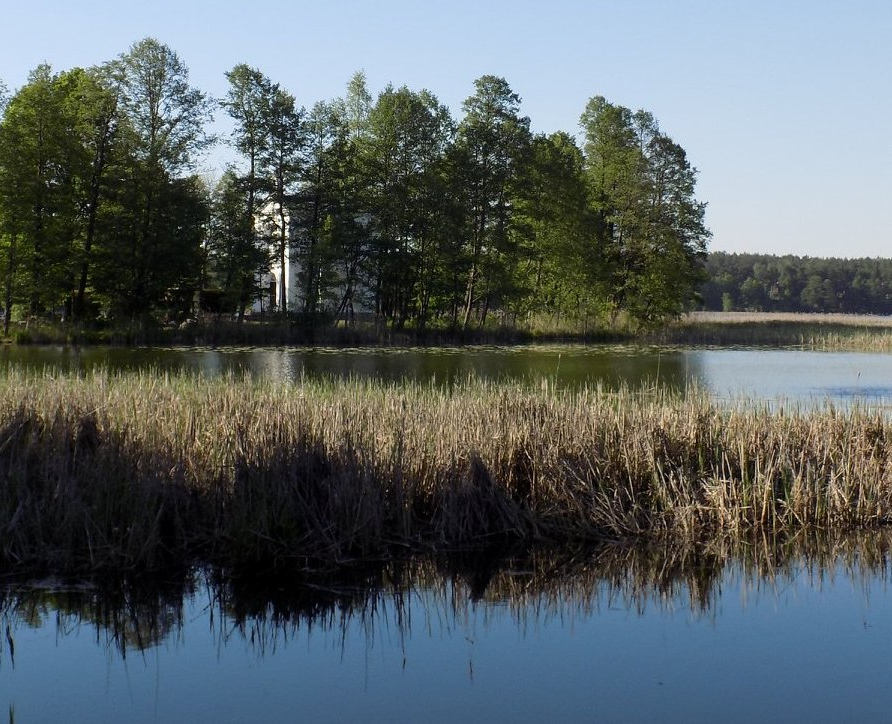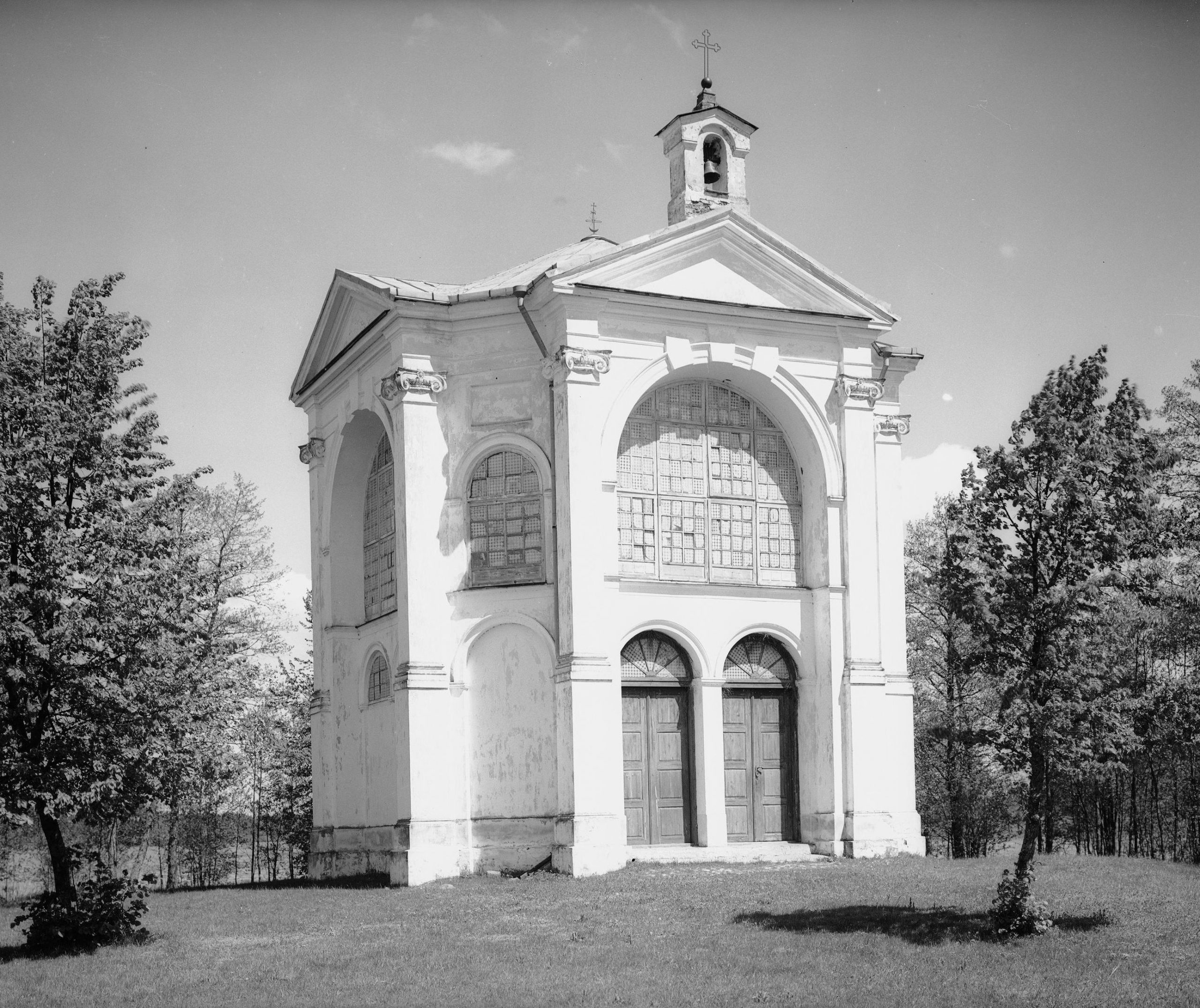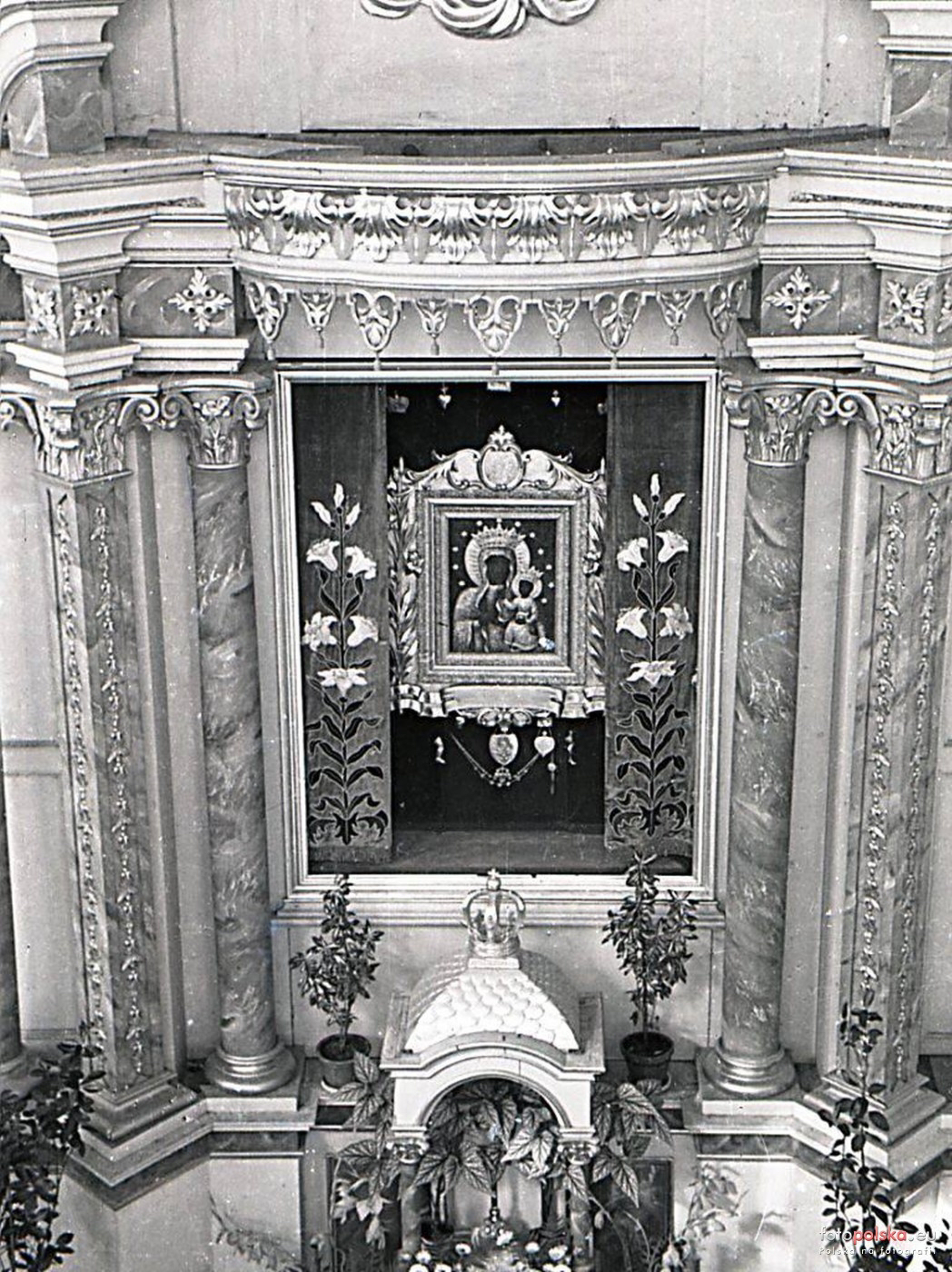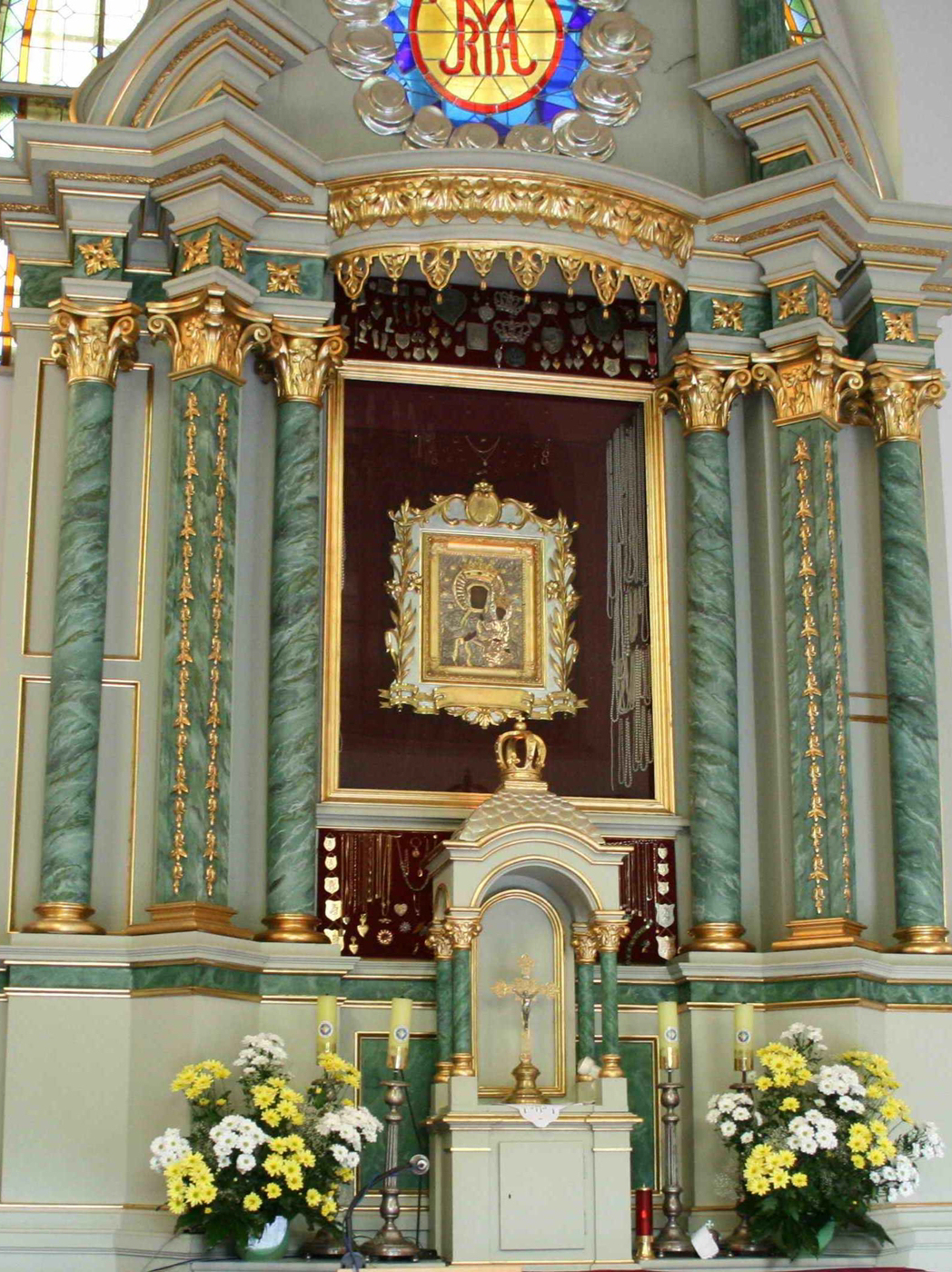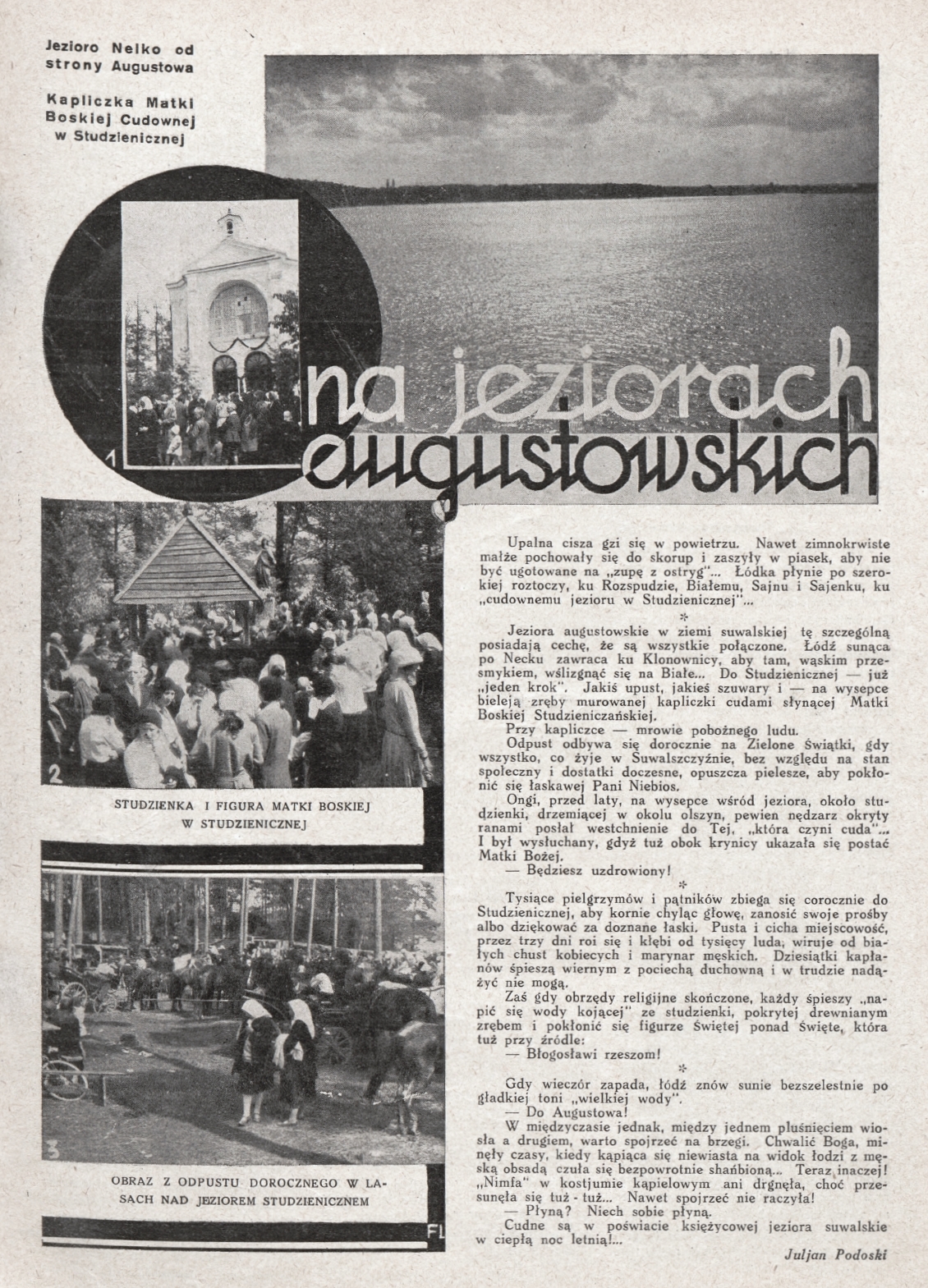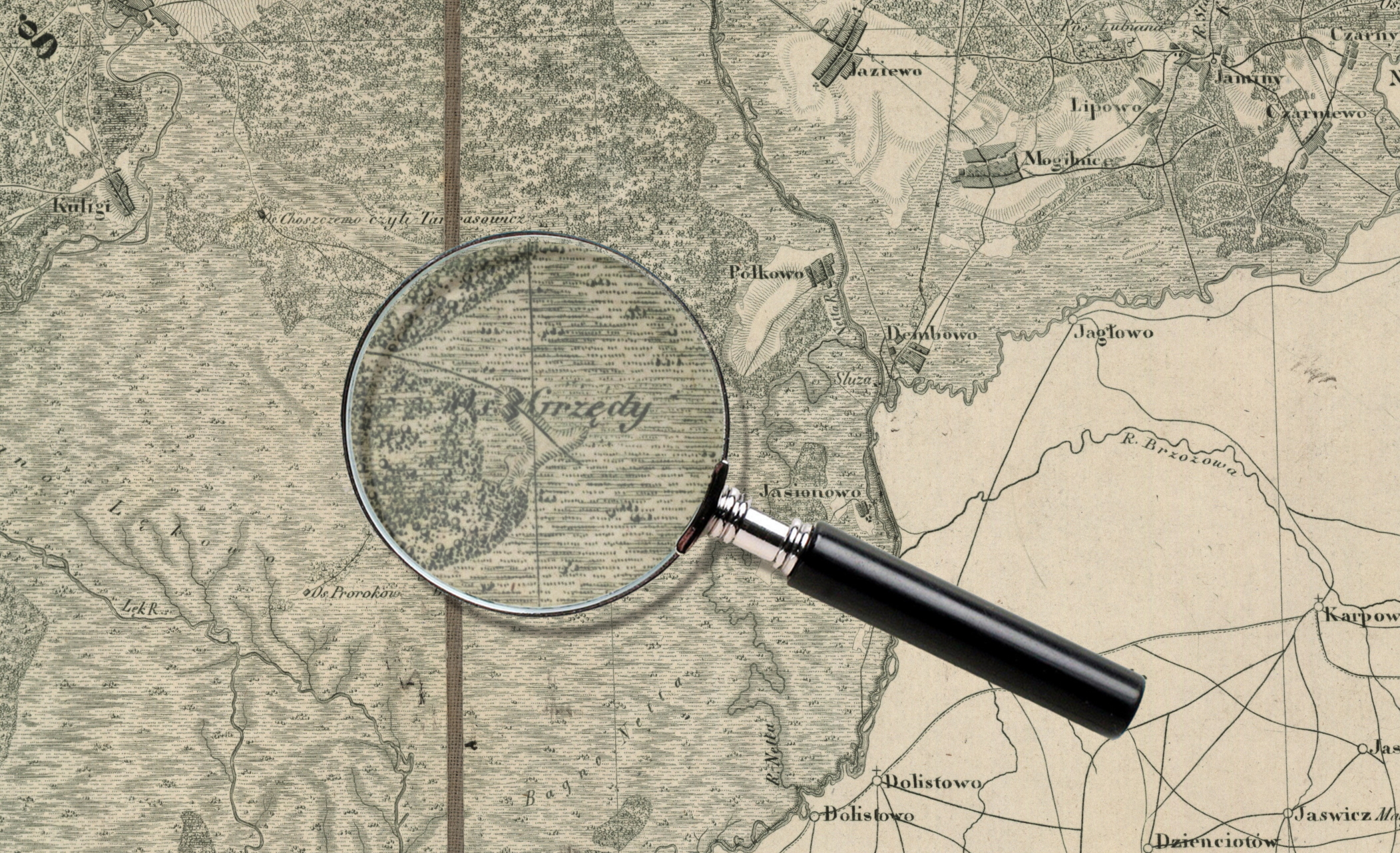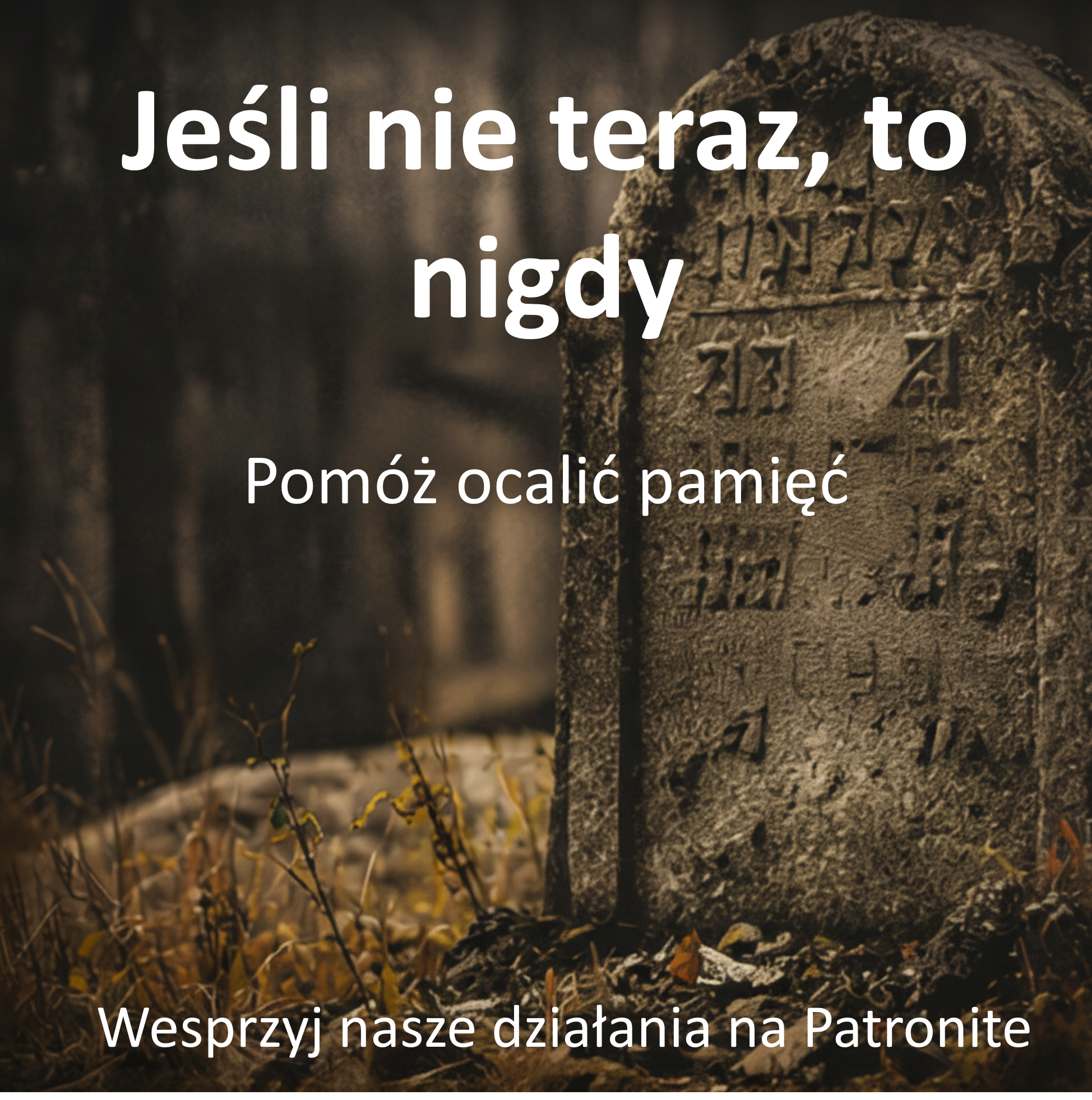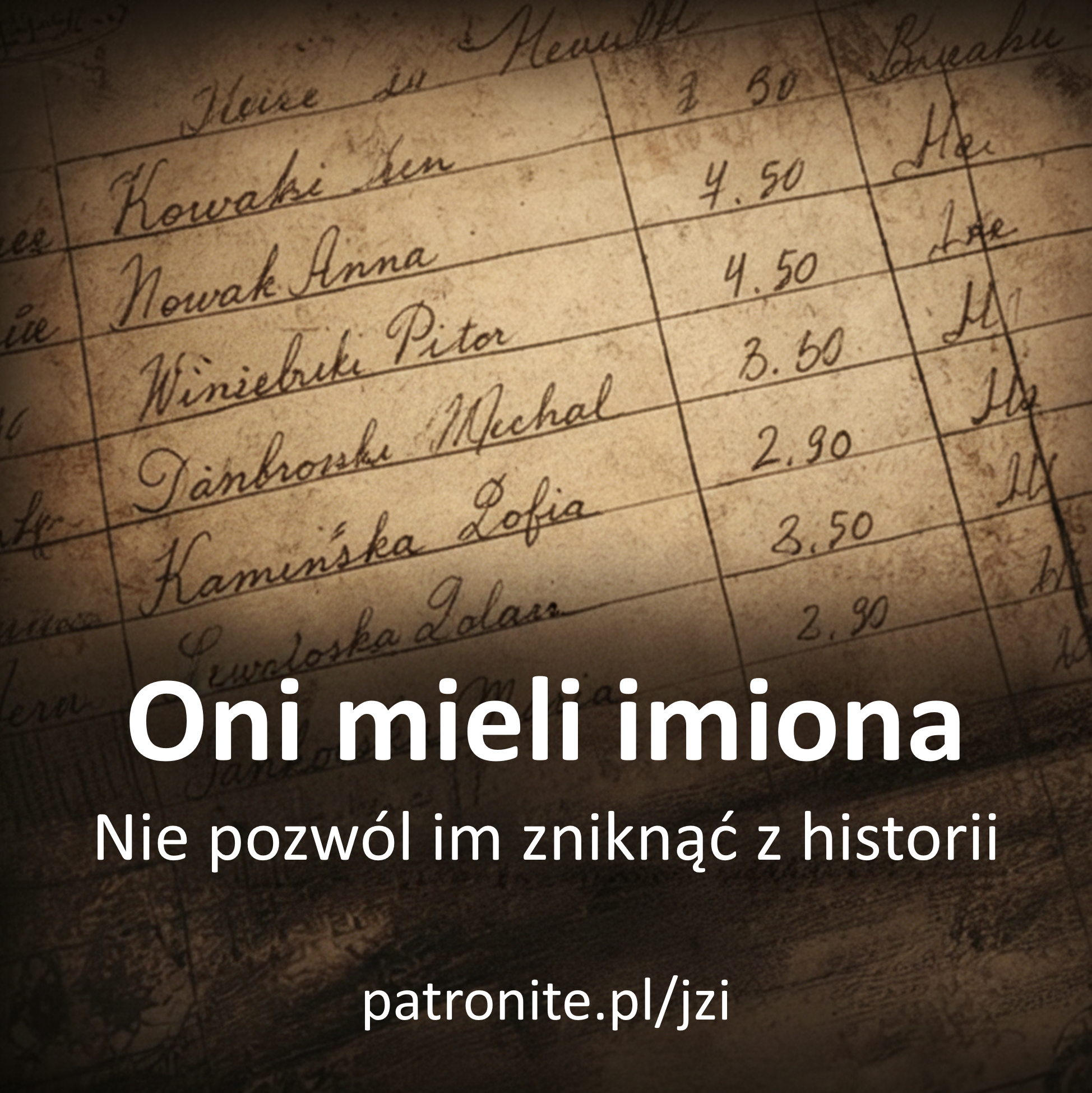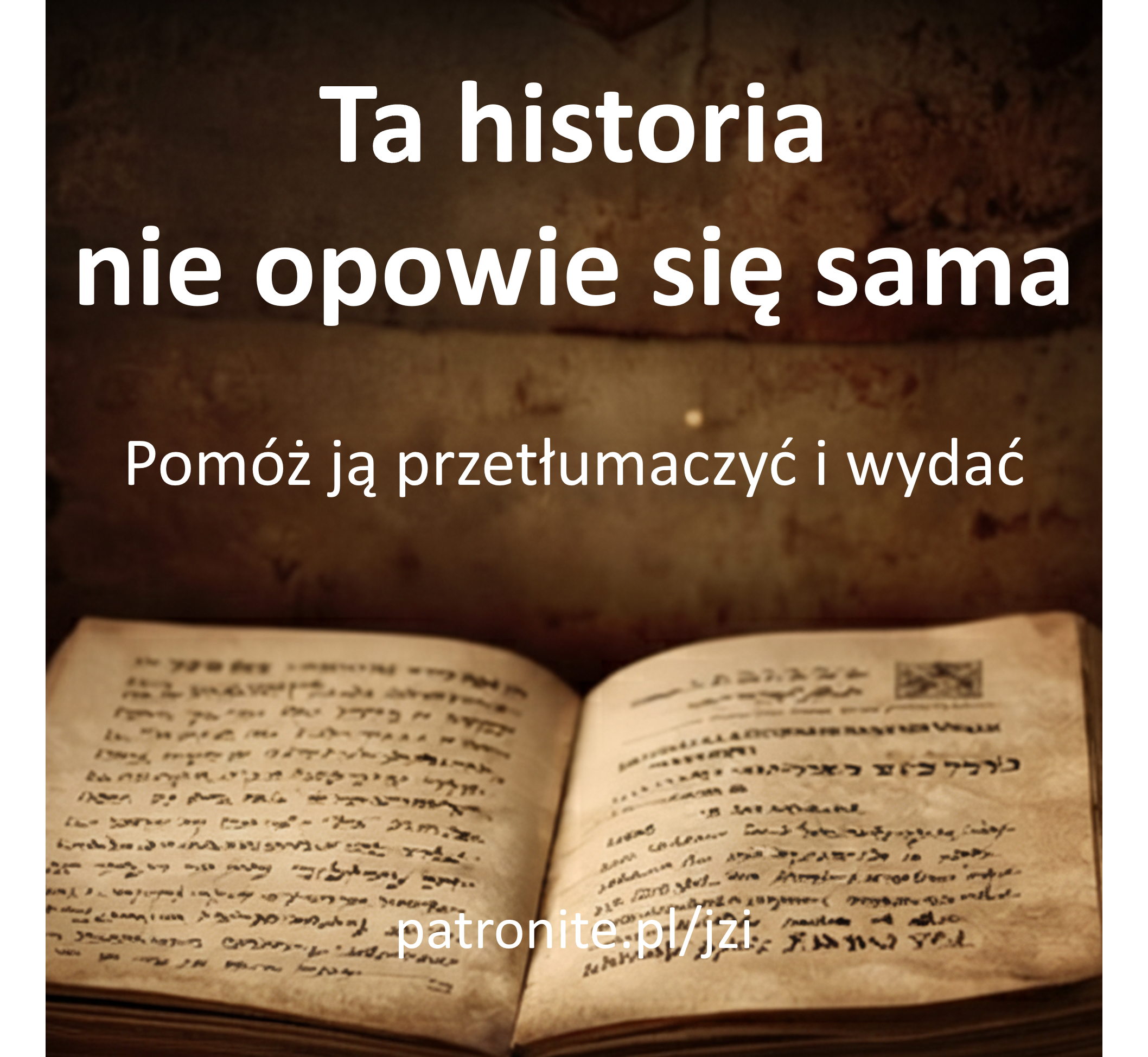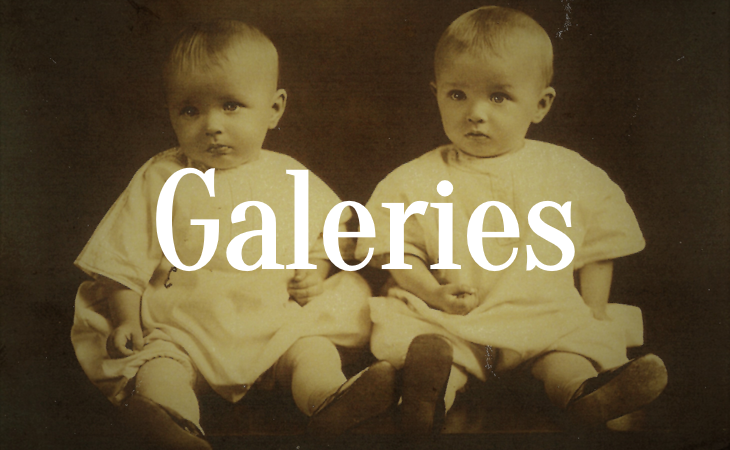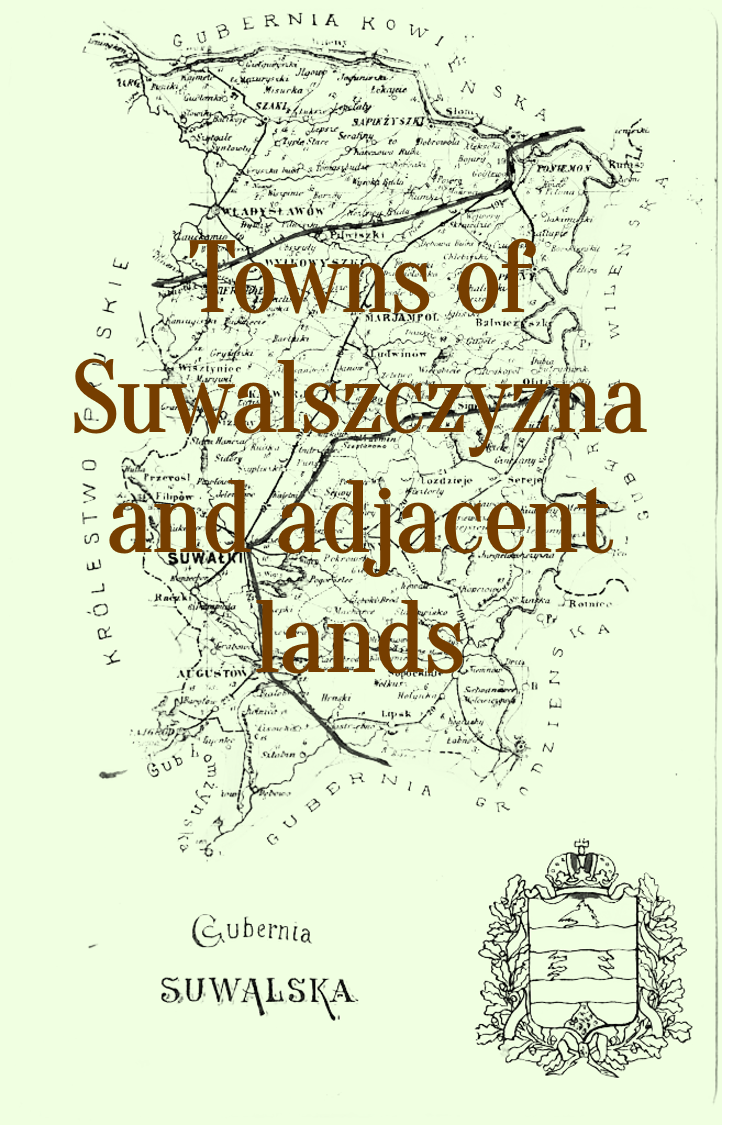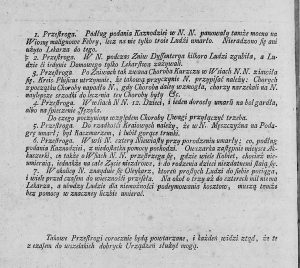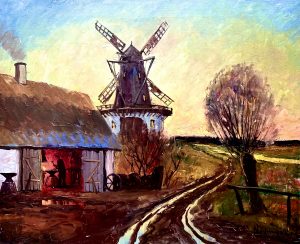
O tym, jak odkryłam moją drugą „małą ojczyznę” i poznałam rodzinę Janusza
OD ROKU 1967 DO DZIŚ…
Kiedy zaczyna znikać nasz pierwszy świat, ta mityczna kraina początku, instynktownie zaczynamy sobie szukać miejsca rezerwowego. Drugiej małej ojczyzny i drugiej rodziny.
Byliśmy już z Januszem cały sezon razem i właśnie mieliśmy się przenieść do Kalisza, kiedy postanowił poznać mnie ze swoją rodziną zamieszkałą w Augustowie i okolicznych wsiach, które zwane były przez mieszkańców powiatowego Augustowa „prowincją”.
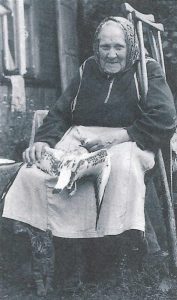
Zdawałam sobie sprawę z wagi tej chwili i nie będę ukrywać, bałam się: jacyś nieznajomi, obcy ludzie w jednej chwili mają się stać moimi najbliższymi. Szłam ulicą w kierunku jego domu, liczyłam kroki. Na ganeczku domu rodzinnego Janusza, na ulicy Tadeusza Kościuszki pod numerem 13, siedziała wsparta o kostyle Elżbietka Malinowska, babka Janusza. Na głowie miała chusteczkę, bieluteńkie, pachnące szarym mydłem włosy i uśmiechała się do mnie całą swoją grubowatością. Była tęga, duża i lekko pochylona. Ganek był też krzywy i też pochylony jak babcia Elżbietka. Domek niewielki, zapuszczony, przypominał trochę czterookienną chatkę, w układzie symetrycznym, z sienią na przestrzał. Z domu wybiegła, żeby mnie przywitać, Olimpia, mama Janusza. Maleńka, zawsze uśmiechnięta i serdeczna. Ręce pośpiesznie wycierała w fartuch, bo kończyła właśnie faszerować kurczaka na moje przyjęcie. Kurczak był jej najlepszym daniem. Chciała, żeby od najlepszego zaczęło się moje wrastanie w rodzinę Janusza, w jego świat, w świat jego kolegów i znajomych. Poznawałam także jego z innej, nieznanej mi dotąd strony. To nie zawsze było łatwe. Często czegoś nie rozumiałam, coś mnie irytowało. Ale już nigdy nie mogłam sobie pozwolić na chłodną obserwację Augustowa, oglądania go krytycznie, z zewnątrz, jak zapuszczonego peerelowskiego miasteczka. Wszystko wokół stawało się także moje. Własne… Mój Kamień chował się za horyzontem. Wchodziłam w nowy WIDNOKRĄG.
Przez cały czas pobytu w Augustowie jeździliśmy po okolicznych wsiach w poszukiwaniu starych lamp naftowych do Januszowej kolekcji. Nasze wyprawy często były połączone z odwiedzinami miejsc szczególnych, takich jak Janówka czy Topiłówka. Tam Michałowskich, wojennych wygnańców z Augustowa, gnanych pieszo do obozu w zadymkę, śnieżycę, mróz porzucili Niemcy, kiedy front był tuż, tuż… Tam Janusz dowiedział się, co to jest wojenny głód, bezdomność, nieżyczliwość sąsiedzka i strach. Poznawałam ten ciągle nowy jeszcze dla mnie świat krok po kroku. Potem przyszła kolej na rodzinę ze wsi.
Odwiedzaliśmy cały rozległy ród Malinowskich w Netcie i Żarnowie.
Z młodymi jeździłam na traktorze, a Stacha, cioteczna babka Janusza, uczyła mnie doić krowę. Trochę udawałam własne nieuctwo, żeby im się przypodobać. O wsi wiedziałam przecież dużo. Jestem w końcu etnografką z dyplomem! A dzieciństwo w Kamieniu też było nieustannym poznawaniem obyczajów wiejskiego świata. Ale teraz to była inna wieś. Inny jest punkt widzenia, kiedy jako etnograf chodzi się po wsi, prowadzi wywiady, zadaje ludziom głupie pytania, a jeszcze inny, kiedy na wieś patrzy się z wysokości dworskiego ganku. Przyszłam tu z innego świata i mając już za sobą kawał życia, stanęłam wobec nowej perspektywy. Tym razem chciałam poczuć się członkiem tej nowej dla mnie społeczności. No, może członkiem to przesada, ale kimś naprawdę jej bliskim.
Chyba w 1988, może już w 1989 roku byliśmy na grobach w Cłach. To mała wyrębinka przy drodze, też bardziej przypominająca przecinkę niż trakt — a na niej krzyże, krzyże, krzyże z patyczków, z szyszek i kijków. Leżą płasko na poszyciu, igliwiu, wzdłuż wgłębień, które jak zasypane okopy wojenne ciągną się jeden obok drugiego. Na drzewie, pod którym stoi jedyny, biały, drewniany krzyż, kartka wyrwana z zeszytu, zgnieciona, zamokła, a na niej dziecinnym pismem napisane, że tu leżą pomordowani przez NKWD i UB w lipcu 1945 roku. Padał deszcz, czekaliśmy w samochodzie, aż przestanie lać, żeby zrobić zdjęcia.
Jak oni znaleźli te groby? — zapytałam potem fufajkowatego grubasa, który z drugim takim samym pił wino „Wino” przy drodze, na polance w deszczu, ukryty pod liściem chrzanu. Spojrzał, długą chwilę milczał, widocznie nieufny, i wreszcie wymamrotał: „Jednemu z sąsiedniej wsi przyśnił się ojciec. Ślad po starym zaginął w 1945. Dopiero się przypomniał. Widać wcześniej nie mógł się śnić. Teraz kazał się synowi odkopać i pochować po chrześcijańsku. Wskazał mu miejsce. Właśnie tu, ale lepiej nie gadać! Jak ten, co mu się przyśniło, powiedział, to zaczęli go ciągać po posterunkach”.
Parę dni potem Janusz pokazał mi Kubrynia. Chodził po rynku w Augustowie. Uśmiechnięty, zadowolony, chyba nawet bardzo zadowolony. W 1945 to on denuncjował tych, którzy tam leżą. Wtedy, u progu wolnej Polski, wszyscy go znali i wiedzieli o nim wszystko. A jednak nikt go nie tknął. Tacy to byli „sąsiedzi”! Kubryń był podwładnym Szostaka z UB, największego mordercy w okolicy.
Szostaka pokazał mi jeszcze Janek Swiderski w latach sześćdziesiątych, kiedy pływaliśmy po augustowskich jeziorach z moim byłym mężem Jerzym Adamskim. Ten Szostak morderca nadal sobie spokojnie żył, przefarbowany na hobbystę kolekcjonera. Żył tak aż do 1987 roku. Nad Nettą miał muzeum osobliwości. Zbierał i rzeźbił korzenie podobne do różnych stworów, specjalizował się w diabłach, zbierał buteleczki po perfumach, hodował czaplę, lisa i królika. Żył tak, aż któregoś dnia wszystko spaliło mu się do cna. Samotny, opuszczony przez wszystkich Szostak latał wkoło jak oszalały z wiadrem wody. Wył, ryczał, błagał i wzywał pomocy. Tłum stał milczący, patrzył i czekał, aż wszystko spłonie. Bezruch i cisza! Zemsta za pomordowanych ojców i braci.
Ta ziemia wciąż ma swoje tajemnice. Ale piękno i cisza szczelnie je przykrywają.
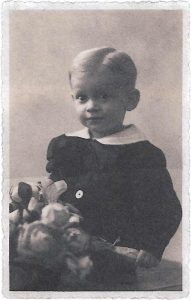
W domu w Augustowie oprócz babci Elżbietki i mamy Olimpii mieszkał jeszcze brat Janusza Jurek z żoną Barbarą i synem Bogusiem. Mama pracowała do emerytury w sklepie, Jurek od zawsze w budownictwie. Ale tak naprawdę bardziej był rybakiem niż budowlańcem. Jak miał czas, to wychodził na ryby jeszcze głęboką nocą. Wracał zawsze z tarczą. Wiedział, gdzie jaka ryba, wiedział, kiedy bierze. Kaidy połów był zmierzony. Każda większa sztuka zapisana. Te zeszyty przechowywane są do dziś. Ale teraz już Jurek ryb nie łowi. Na emeryturze „łowi” stare kapliczki, cmentarze, pomniczki i wszystko, co świadczy o inności, co nie jest z naszego plastikowego świata. Dokumentuje to w czasie długich codziennych wędrówek z Barbarą u boku, przemieszczając się małym, bardzo już wysłużonym fiacikiem. Jurek to znawca tych ziem. O każdym swoim odkryciu opowiada z takim przejęciem, jakby natknął się na jeszcze nieodkrytą wyspę na Oceanie Spokojnym.
Stary pożydowski dom przy Kościuszki, w którym urodzili się obaj, Janusz i Jurek, kupili ich dziadkowie, Marcin i Elżbietka Malinowscy, których przywiała tu Wielka Rosyjska Rewolucja Październikowa. Malinowscy mieszkali przedtem w Odessie, gdzie dziadek Janusza miał warsztat szewski. Pracowało u niego kilku ludzi, podobno większość chromych, jednonogich, żeby było taniej. „Szewcowi nogi niepotrzebne” — mawiał dziadek Marcin, znany ze specyficznego poczucia humoru. Grupa kalek, jedni bez nogi, inni bez ręki, z zapamiętaniem stukają młotkami w podeszwy butów pod czujnym okiem mistrza Sajetana z „Szewców” Witkacego czytającego im na głos „Kapitał” Marksa, ten fragment o „środkach produkcji”, które do nich nie należą, a powinny. Janusz grał Sajetana w kaliskich „Szewcach”, spektaklu Maćka Prusa. Teraz w kreacyjnym dokumencie mógłby być i swoim dziadkiem Marcinem, i Sajetanem.
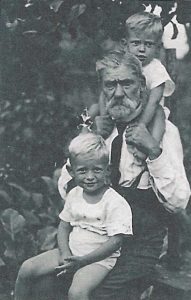
Dziadek Marcin do Odessy pojechał za chlebem. Urodził się jeszcze w XIX wieku w Żarnowie, w chacie z glinianą polepą zamiast podłogi, gdzie ludzie i zwierzęta spali i mieszkali razem. Było ich dwunastu braci, więc nie było jak dzielić majątku. Marcin jako najenergiczniejszy z nich, ale też nielubiący pracy na roli, w lnianej koszuli przepasanej sznurkiem, z tobołkiem na plecach i chlebem na drogę wyjechał do Warszawy, gdzie uczył się szewstwa na ulicy Piwnej, w domu „gołębiarki”. Każdy stary warszawiak wie, gdzie to jest, ale nie wie, że to naprzeciwko naszego domu, w którym z jego wnukiem Januszem mieszkamy od czasu, kiedy przyjechaliśmy tu z Poznania. Marcin wyuczył się na Piwnej szewstwa i pojechał dalej — na wschód. Potem, jak Marcin i Elżbietka w 1918 roku uciekali z Odessy przed bolszewikami, to cały swój majątek zamienili na papierowe ruble. Elżbietka chciała złote, ale decydował Marcin, którego wprawdzie wyzywała od „żarnowskich kluch”, ale zawsze aż do samej śmierci mu ustępowała. Gdy okazało się, że te papierowe ruble są nic niewarte, Elżbietka wyciągnęła jakieś swoje zaskórniaki, zarobione w Odessie na obszywaniu żon carskich oficerów i aktorek, i kupiła za nie w Augustowie ten pożydowski dom na ulicy Kościuszki.
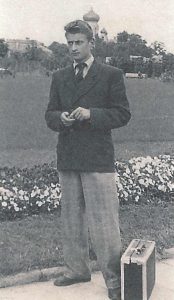
Ich córka, mama Olimpia, wyszła za Bolka Michałowskiego, nauczyciela. Pobrali się w 1936 roku. Miłość była gorąca, ale krótka. W 1940 Sowieci wywieźli go na Wschód. Olimpia „odkrytoje pisma” od męża z zesłania przechowywała w szufladzie białego bufetu w przedwojennej kopercie z fałszywym dla niepoznaki adresem nadawcy. Kartki były wygniecione i spłowiałe. Bolek wysyłał je Olimpii najpierw z kopalń, z Krzywego Rogu z dalekiego Kaukazu, skąd udało mu się uciec. Potem przychodziły już listy z okolic Siedlec. Na początku wojny był szefem wywiadu AK obwodu augustowskiego. Bolka, gdy już wracał z partyzantki do domu, zamordowali najprawdopodobniej enkawudziści razem z miejscowymi ubolami. Olimpia została sama, bez zawodu, ale za to z dwoma chłopcami i starymi rodzicami na utrzymaniu.
Janusz w młodości nigdy nie widział profesjonalnego teatru, ale za to dużo czytał, pięknie recytował wiersze i na wszystkich akademiach był pierwszy i najlepszy. Pewnego dnia podjął męską decyzję, że zostanie aktorem. W samej Warszawie. Z drewnianym kuferkiem i w marynarce w kratę uszytej przez babcię Elżbietkę, z włosami w plerezę na cukier i butelką tranu dla zdrowia pojechał w ślad za swoim dziadkiem Marcinem do Warszawy.
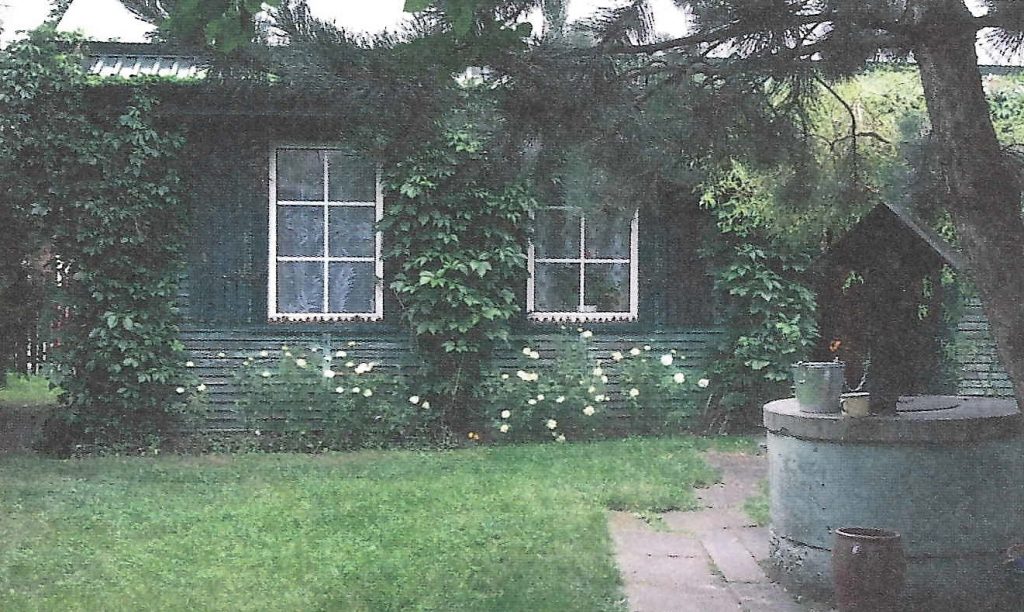
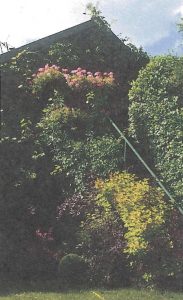 A teraz pomieszkujemy latem w jego rodzinnym domu w Augustowie. Wyremontowaliśmy stary, stupięćdziesięcioletni, a może nawet starszy dom. Postanowiliśmy przywrócić mu to, co kiedyś było piękne, i to, co zostało zapomniane. Na starych belkach i pobielanych ścianach zawisły rodzinne fotografie. Dla mamy Janusza, która na starość miała problemy z poruszaniem się. chcąc jej ułatwić codzienne ablucje, wybudowaliśmy przy jej pokoju własną łazienkę. „Tyle lat tu żyję i nie wiedziałam, że w ścianie jest woda” — powiedziała zdziwiona i przestraszona, gdy pierwszy raz odkręciła kurek. Teraz mama Janusza już nie żyje, Jurkowie przeprowadzili się do bloków w śródmieściu Augustowa.
A teraz pomieszkujemy latem w jego rodzinnym domu w Augustowie. Wyremontowaliśmy stary, stupięćdziesięcioletni, a może nawet starszy dom. Postanowiliśmy przywrócić mu to, co kiedyś było piękne, i to, co zostało zapomniane. Na starych belkach i pobielanych ścianach zawisły rodzinne fotografie. Dla mamy Janusza, która na starość miała problemy z poruszaniem się. chcąc jej ułatwić codzienne ablucje, wybudowaliśmy przy jej pokoju własną łazienkę. „Tyle lat tu żyję i nie wiedziałam, że w ścianie jest woda” — powiedziała zdziwiona i przestraszona, gdy pierwszy raz odkręciła kurek. Teraz mama Janusza już nie żyje, Jurkowie przeprowadzili się do bloków w śródmieściu Augustowa.
Przydomowy ogród wypiękniał przez lata, ale tylko w połowie i od wschodu. Od wschodu, bo w Augustowie majątek starszego brata jest zawsze od wschodu. Młodszy ma grządki na zachodzie. Także na zachodzie Jurek ma oranżerię, którą zbudowaliśmy mu na końcu ogródka, od Kopernika. Szklany pawilon ukryty w zieleni pachnie tak samo jak w wielkiej oranżerii w Kamieniu, tej, co była zaraz obok domku Grabowskiego, tego ogrodnika z grubym paznokciem. Czasami chodzę tam podumać, pomilczeć i zrozumieć, jak to w przeszłości tkwi przyszłość. Z naszymi sąsiadami Wiśniewskimi z naprzeciwka, z drugiej, tej parzystej strony Kościuszki, bardzo się przyjaźnimy. Zosia robi pyszne puszyste kołduny, jak nikt w okolicy, a syn Zbyszek, który wtedy, przed laty, zaczynał od sprzedawania marchewki z wózka, teraz otwiera co i rusz sklepy-salony rowerowe w całym Augustowie.
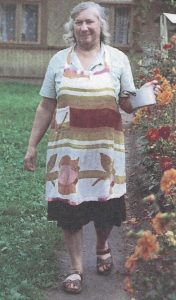
Augustów i jego okolice to dla mnie druga mała ojczyzna. Dom, w którym urodził się Janusz, to taki zastępczy Kamień. A do rodziny Janusza czasami bliżej mi niż do niektórych członków mojej…
Kończę pisać ten fragment książki w naszym zielonym saloniku w Augustowie, w dawnym szewskim warsztacie dziadka Marcina. Potem była tu kuchnia, w której babcia szyła. Tu też umarła. Kiedy niedługo przed swoją śmiercią już prawie niewidząca mama Janusza, przerażona, wyrwana ze snu, wbiegała do przerobionego przez nas pomieszczenia — zielonego salonu — i pytała, gdzie jesteśmy, nie poznając miejsca, Janusz spokojnie odpowiadał: „W warsztacie szewskim u dziadka, Mamo”.
Powyższy tekst to tylko jeden mały fragment autobiograficznej książki pani Izabelli Cywińskiej pod tytułem “Dziewczyna z Kamienia”. Dotyczy Augustowa i augustowskiej rodziny Janusza Michałowskiego, męża pani Izabelli. Polecamy przeczytać w całości!


